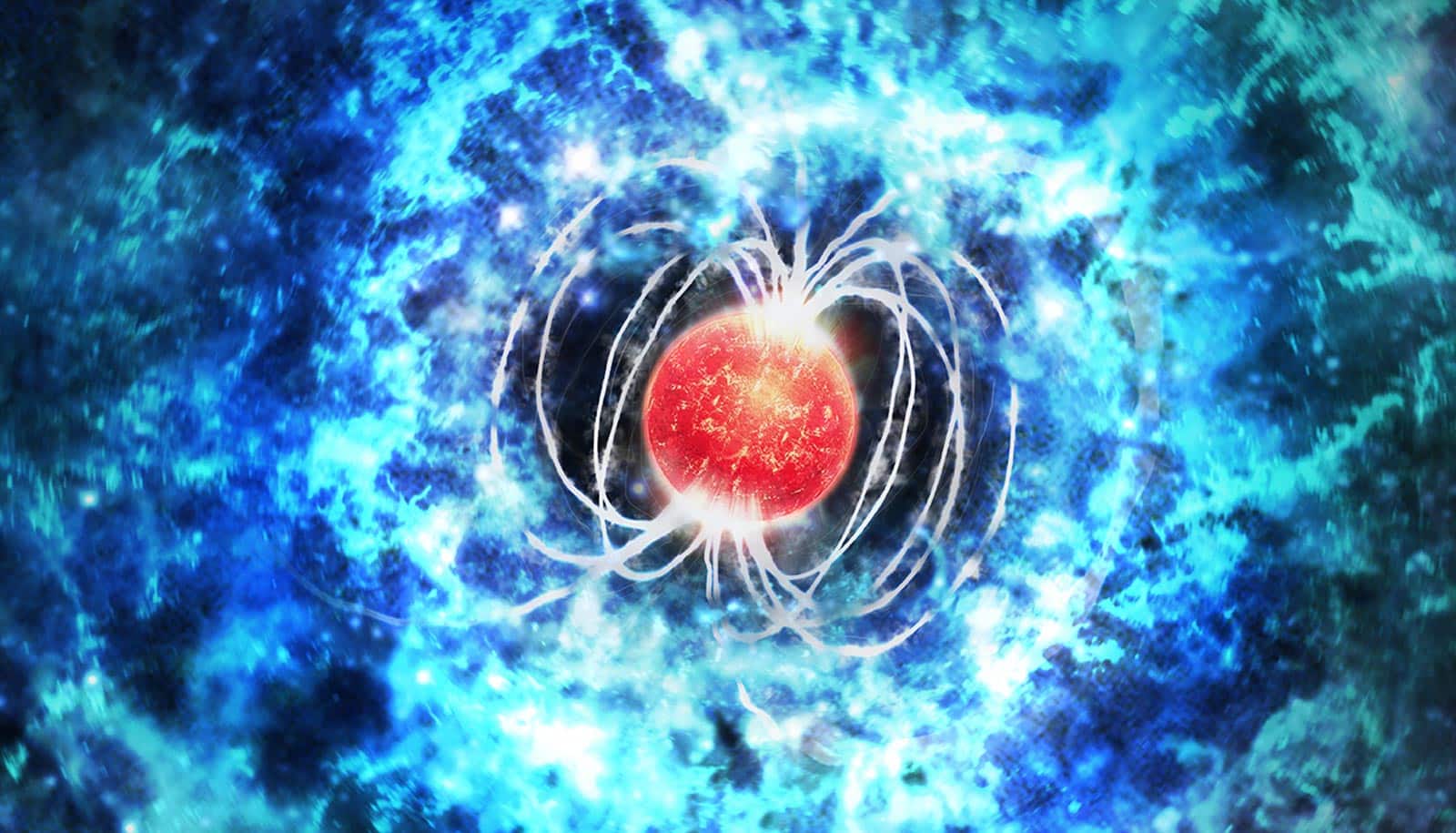Astronomers have discovered that an extraordinarily bright supernova occurred in a surprising location. This “heavy metal” supernova discovery challenges current ideas of how and where such super-charged supernovas occur.
Supernovas are some of the most energetic events in the universe. When a massive star runs out of fuel, it can collapse onto itself and create a spectacular explosion that briefly outshines an entire galaxy, dispersing vital elements into space.
In the past decade, astronomers have discovered about 50 supernovas, out of the thousands known, that are particularly powerful. These explosions are up to 100 times brighter than other supernovas caused by the collapse of a massive star.

Following the recent discovery of one of these “superluminous supernovas,” a team of astronomers led by Matt Nicholl from the Harvard-Smithsonian Center for Astrophysics (CfA) in Cambridge, Massachusetts, has uncovered vital clues about where some of these extraordinary objects come from.
“If one of these went off in our own galaxy, it…would be as bright as the full moon.”
The Astrophysical Journal Letters has accepted a paper on the results for publication.
Cambridge University’s Arancha Delgado and her team discovered the superluminous supernova, dubbed SN 2017egm, on May 23, 2017, with the European Space Agency’s Gaia satellite. A team led by Subo Dong of the Kavli Institute for Astronomy and Astrophysics used the Nordic Optical Telescope to identify it as a superluminous supernova.
SN 2017egm is located in a spiral galaxy about 420 million light years from Earth, making it about three times closer than any other superluminous supernova previously seen. Dong realized that the galaxy was very surprising, as virtually all known superluminous supernovas have been found in dwarf galaxies that are much smaller than spiral galaxies like the Milky Way.
Building on this discovery, Nicholl’s team found that SN 2017egm’s host galaxy has a high concentration of elements heavier than hydrogen and helium, which astronomers call “metals.” This is the first clear evidence for a metal-rich birthplace for a superluminous supernova. The dwarf galaxies that usually host superluminous supernovas are known to have a low metal content, which was thought to be an essential ingredient for making these explosions.
“Superluminous supernovas were already the rock stars of the supernova world,” Nicholl says. “We now know that some of them like heavy metal, so to speak, and explode in galaxies like our own Milky Way.”
“If one of these went off in our own galaxy, it would be much brighter than any supernova in recorded human history and would be as bright as the full moon,” says coauthor Edo Berger, also of the CfA. “However, they’re so rare that we probably have to wait several million years to see one.”
Rare supernova shows up 4 times across the sky
The CfA researchers also found more clues about the nature of SN 2017egm. In particular, their new study supports the idea that a rapidly spinning, highly magnetized neutron star, called a magnetar, is likely the engine that drives the incredible amount of light generated by these supernovas.
While the brightness of SN 2017egm and the properties of the magnetar that powers it overlap with those of other superluminous supernovas, the amount of mass ejected by SN 2017egm may be lower than the average event. This difference may indicate that the massive star that led to SN 2017egm lost more mass than most superluminous supernova progenitors before exploding. The spin rate of the magnetar may also be slower than average.
These results show that the amount of metals has at most only a small effect on the properties of a superluminous supernova and the engine driving it. However, the metal-rich variety occurs at only about 10 percent of the rate of the metal-poor ones. Similar results have been found for bursts of gamma rays associated with the explosion of massive stars. This suggests a close association between these two types of objects.
Astronomers see supernova crash into star
From July 4 until September 16 of this year, the supernova is not observable because it is too close to the sun. After that, detailed studies should be possible for at least a few more years.
“This should break all records for how long a superluminous supernova can be followed,” says coauthor Raffaella Margutti, assistant professor of astronomy and physics at Northwestern University. “I’m excited to see what other surprises this object has in store for us.”
Nicholl’s team observed SN 2017egm on June 18 with the 60-inch telescope at the Smithsonian Astrophysical Observatory’s Fred Lawrence Whipple Observatory in Arizona.
Source: Megan Watzke for the Harvard-Smithsonian Center for Astrophysics via Northwestern University



